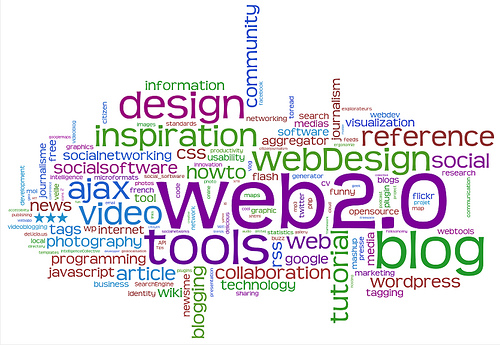Changes in science and the public
It is important to keep changes in perspective, this includes the overall influence of and public interest in science. In a session at the National Association of Science Writers’ (NASW) 2010 meeting last weekend, panelists and audience members discussed public interest in science and ways to increase this interest during a time of change.
Carolyn Funk from Virginia Commonwealth University outlined the ways in which public understanding of science can or should be measured. Should it be measured as an understanding of the scientific method or as in interest in research results? Should we focus on the public’s knowledge of specific topics, or is it more important to gauge public appetite for science in general? As Kara Rogers, one of this year’s NASW travel fellows, wrote on the NASW website:
Of course, measuring science literacy is itself a matter of debate. As Funk pointed out, determining science literacy involves measuring multiple dimensions of scientific understanding. Several of these measures, such as textbook versus practical scientific knowledge, need to be reevaluated. Other measures of science literacy discussed by Funk included conceptual and factual understanding, knowledge of scientific processes, and ability to distinguish between science and pseudoscience.
Chris Mooney, contributing editor for Science Progress, suggested the current problem with science literacy is that people do not view science as being central to their lives. He argued that a decline of science in society is due to disengagement—a lack of emotional connection to the issues surrounding science–and that it is “never due to a lack of knowledge.” He discussed enhancing the personal aspect of scientists, turning them into role models, rock stars and national heroes.
Only 18 percent of Americans know a scientist personally, according to Mooney, and 44 percent of Americans cannot name a science role model. Of those who can, said Mooney, most name Albert Einstein, Bill Gates or Al Gore.
Jon Miller, director of the Center for Biomedical Communications at Northwestern University, on the other hand, cited a change in the way Americans acquire scientific knowledge—that is, the public is seeking out specific scientific information as opposed to learning about science and storing it for later use. According to Miller, the warehouse model of information is gone: People no longer catalog factoids away until they need to be referenced. “People will be looking for science when they need it,” he said. “They will not be stocking their warehouses.”
However, this does not translate to a decline in science literacy, he said. On the contrary, Generation Xers have an improved understanding of science: They attend college, they are much more media-oriented and technologically savvy and, compared with previous generations, they are better equipped with the constructs needed to understand science on a basic level, Miller suggested.
Miller said universities provide students with a “toolbox” that people can use to understand science-oriented news articles, and with more people attending college, the general population is more likely to be exposed to and interpret science. According to Miller, civic scientific literacy in the United States has increased from around 10% in 1988 to nearly 30% in 2008. Miller attributes this boost to U.S. universities, which are some of the only in the world to make science a mandatory part of the curriculum. Based on these findings, more U.S. citizens should be able to read a story about a specific scientific topic or the latest research results because they already know the fundamentals of science.
When it comes down to it, changes in science and the public are happening, albeit slowly. For example, as NASW president Nancy Shute said, there was a time not too long ago when journalists had to explain DNA in an article describing genetics or heredity. Now DNA is considered a common part of the public lexicon. These small accomplishments give some hope that public understanding of science is changing, but there is still a lot of progress to be made.
Image Credit: Luc Legay
